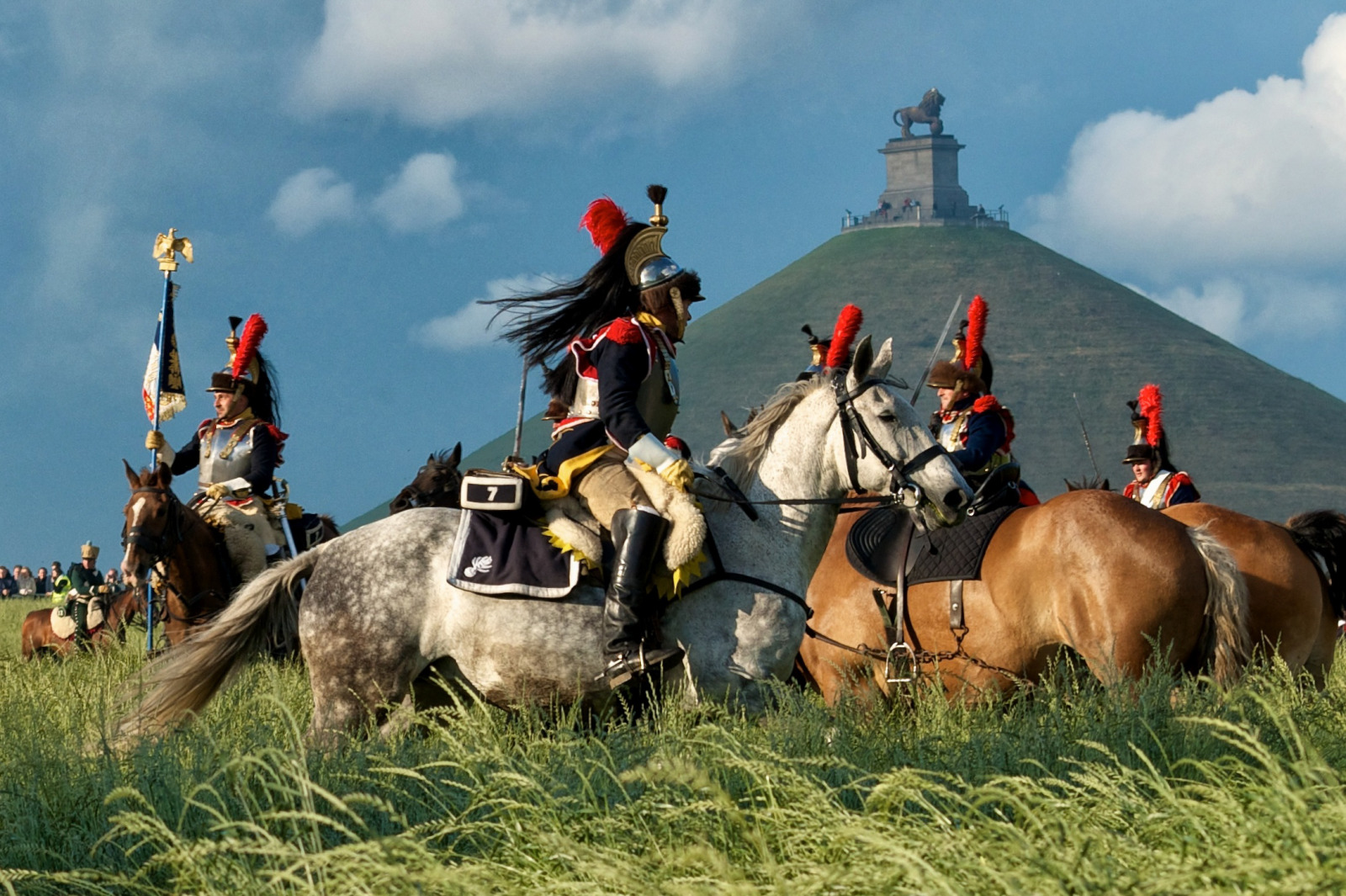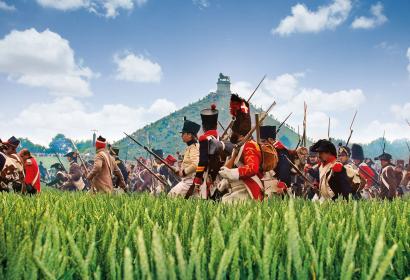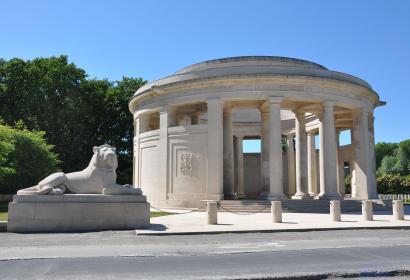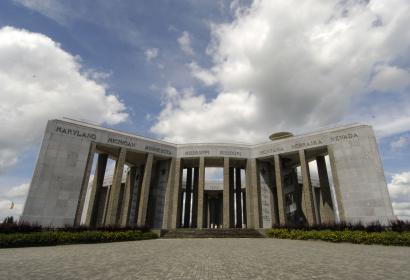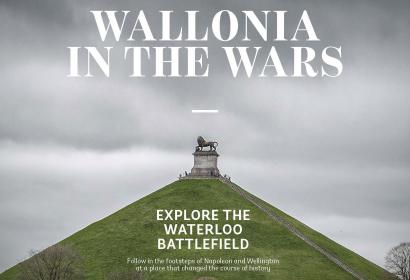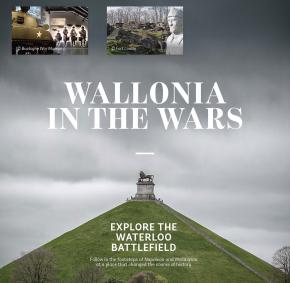Wallonia found itself at the frontline of three of the most important conflicts in modern European history.
The years 1815, 1914-18 and 1940-45 saw this blameless region invaded, occupied, pillaged and finally liberated. All is peaceful now, but history contains important lessons for future generations. Many of the scars of war have been deliberately left as they were when the guns at last fell silent.
